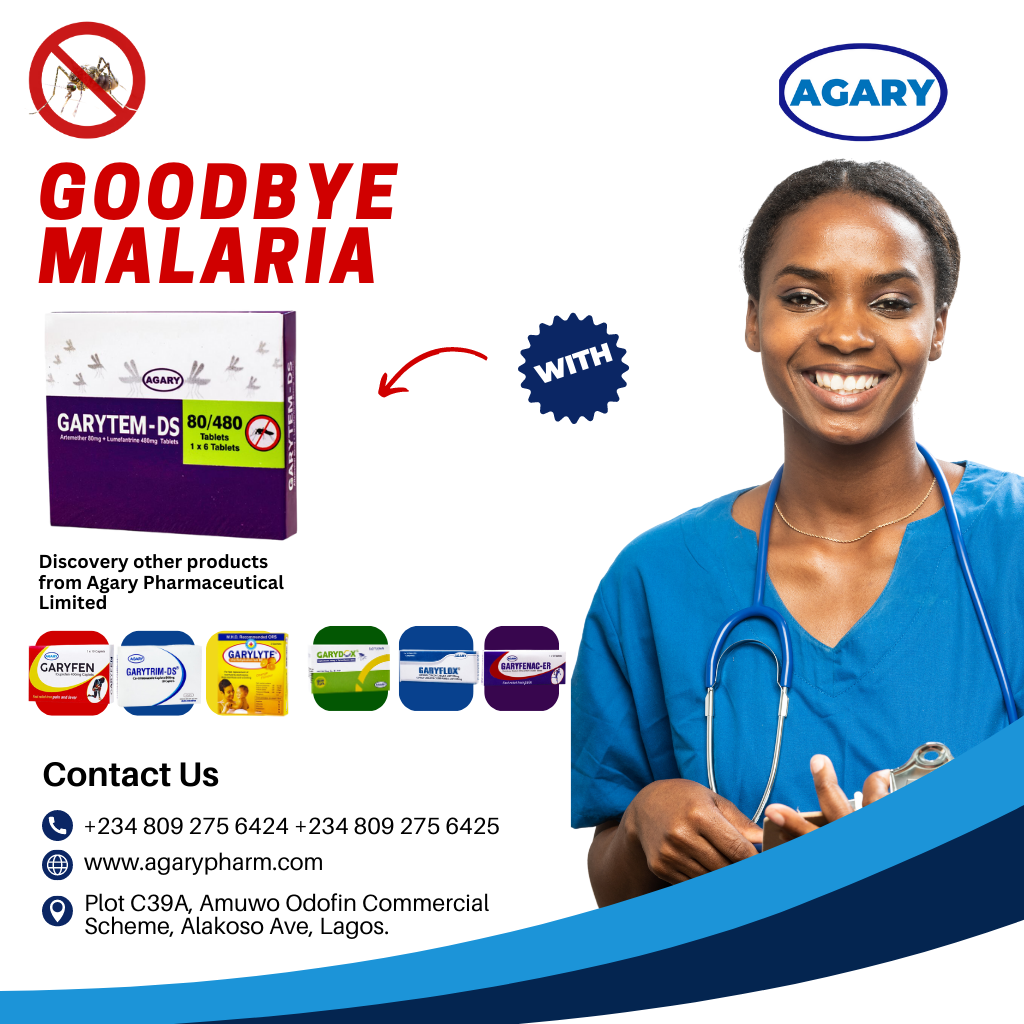Goodbye Malaria – World Malaria Day 2023
Harness innovation to reduce the malaria disease burden and save lives
WHO celebrates World Malaria Day each year on 25 April to underscore the collective energy and commitment of the global malaria community in uniting around the common goal of a world free of malaria.
Today, no single tool is available to solve the problem of malaria. Innovative new tools are vital if the world is to achieve global elimination targets, including innovations in new vector control interventions and insecticides, improved diagnostics, and more effective medicines, among other tools. Under the theme “Harness innovation to reduce the malaria disease burden and save lives”, this year’s World Malaria Day will draw attention to the critical role innovation plays in helping to achieve global elimination goals.
Since 2000, malaria cases in the Western Pacific Region have been reduced 39% from 2.8 million to 1.7 million cases. However, progress has stalled. Between 2019 and 2020, cases in the Region increased by an estimated 300 000 from 1.4 million to 1.7 million. Papua New Guinea accounted for 86% of all cases in the Region in 2020.
The six countries of the Greater Mekong subregion, including Cambodia, China (Yunnan Province), Lao People’s Democratic Republic, Myanmar, Thailand and Viet Nam continue to make progress in eliminating malaria, reporting a 97% reduction in malaria between 2000 to 2020.
Malaria achievement in the Western Pacific
- China has reported zero indigenous malaria cases since 2017 and was certified malaria-free by WHO in 2021.
- In 2020, Malaysia had zero cases of human malaria for the third consecutive year but reported over 2600 cases of P knowlesi (zoonotic malaria).
- Two countries reported fewer than 1000 malaria cases in 2020: the Republic of Korea and Vanuatu.
- Cambodia, the Lao People’s Democratic Republic, Malaysia, the Republic of Korea, Vanuatu and Viet Nam all reported zero indigenous malaria deaths in 2020
Call to Action:
- Step up innovation in the fight against malaria.
- Expand access to the tools we have now.
- Expand the use of the first malaria vaccine, RTS,S.
- Strengthen country ownership.
- Ensure resilient and equitable health systems.
- Tailor responses to the local setting.
- Improve surveillance systems.
This information was gotten from the WHO website : https://bit.ly/3JZNZoe




